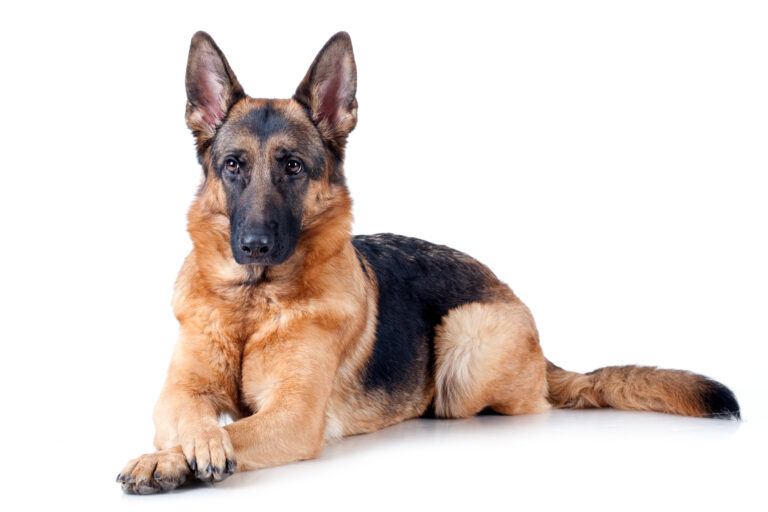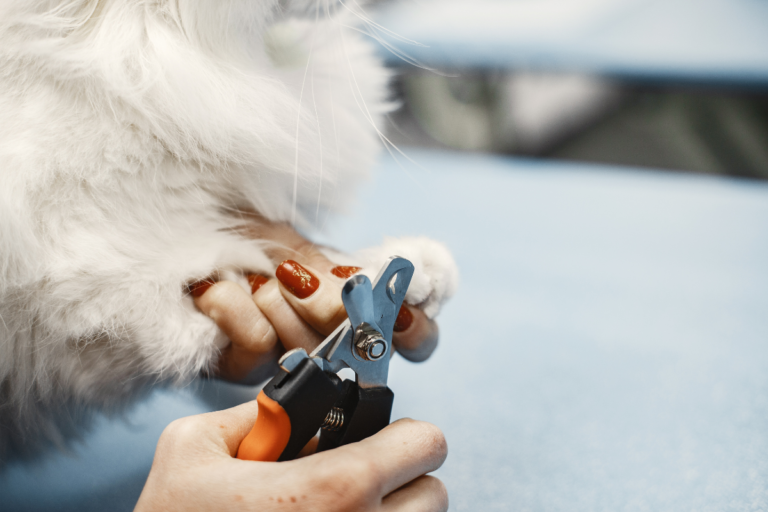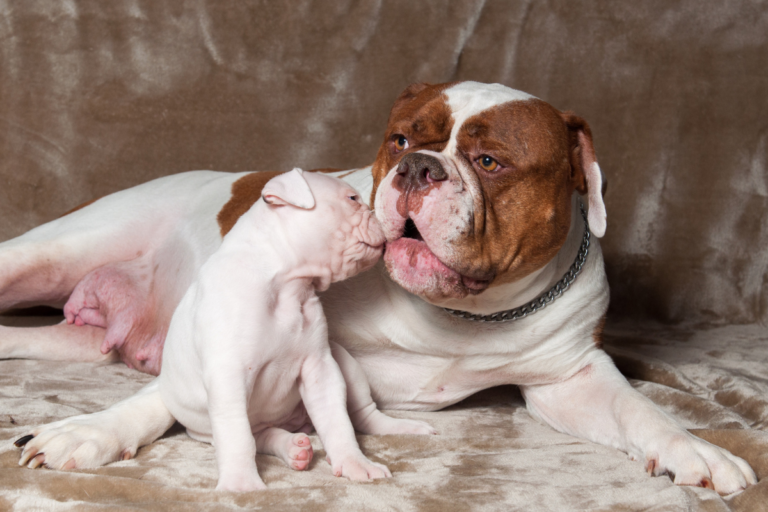How to Stop a Dog From Peeing in the House
This post may contain affiliate links, meaning if you decide to make a purchase via my links, I may earn a small commission at no additional cost to you. You can read our full affiliate disclosure by clicking here.
Introduction:
If you’re a fellow animal lover like me, you know that dealing with a dog’s accidents in the house can be frustrating. But don’t worry, I’m here to provide you with a detailed plan to address this common issue and make your home accident-free.
Understanding the Why:
Before you can address the issue, it’s essential to understand why your dog is peeing indoors. Common reasons include:
- Anxiety: Dogs may urinate inside when they’re stressed or anxious. This can be due to changes in the household, separation anxiety, or fear.
- Lack of Training: Puppies and untrained dogs might not know any better. Housebreaking is a skill that must be taught.
- Medical Issues: Urinary tract infections, diabetes, and other medical problems can cause dogs to have accidents. Consult your vet if you suspect a medical issue.
Establish a Consistent Potty Schedule:
- Dogs thrive on routine. Set regular times for bathroom breaks, especially in the morning, after meals, and before bedtime.
- Take your dog to the same spot each time. This helps them associate that area with elimination.
Crate Training:
- A crate is like a dog’s den, and they generally won’t soil their den. Use an appropriately sized crate and introduce your dog to it gradually.
- Keep your dog in the crate when you can’t supervise them. This prevents accidents and teaches bladder control.
Positive Reinforcement:
- When your dog pees outside, immediately reward them with treats and praise. Be enthusiastic and make it a positive experience.
- Avoid scolding or punishing your dog for indoor accidents. This can lead to fear and anxiety, making the problem worse.
House Training Do’s and Don’ts:
- Do: Be consistent, patient, and gentle. Use verbal cues like “go potty” to help your dog understand the purpose of the outing.
- Don’t: Don’t rub your dog’s nose in their accidents, as this is counterproductive. Avoid yelling or using physical punishment.
Proper Clean-Up:
- Accidents will happen, especially during the training process. When they do, use enzymatic cleaners designed for pet stains to eliminate odors.
- Dogs have a keen sense of smell, and if they can still smell their previous accidents, they may be drawn back to that spot.
Address Medical Issues:
- If your dog continues to have indoor accidents despite your training efforts, consult your veterinarian. Medical issues like urinary tract infections or incontinence might be the cause.
Patience and Persistence:
- Remember that training takes time, and every dog is unique. Be patient, maintain a positive attitude, and keep working on the training consistently.
By following these detailed steps, you’ll be better equipped to stop your dog from peeing in the house. It’s all about creating a supportive and loving environment while teaching your furry friend the right behaviors.
Stay tuned for more fascinating insights on all things pet-related. And don’t forget to sign up for my email list to stay updated with the latest pet tips and tricks.







